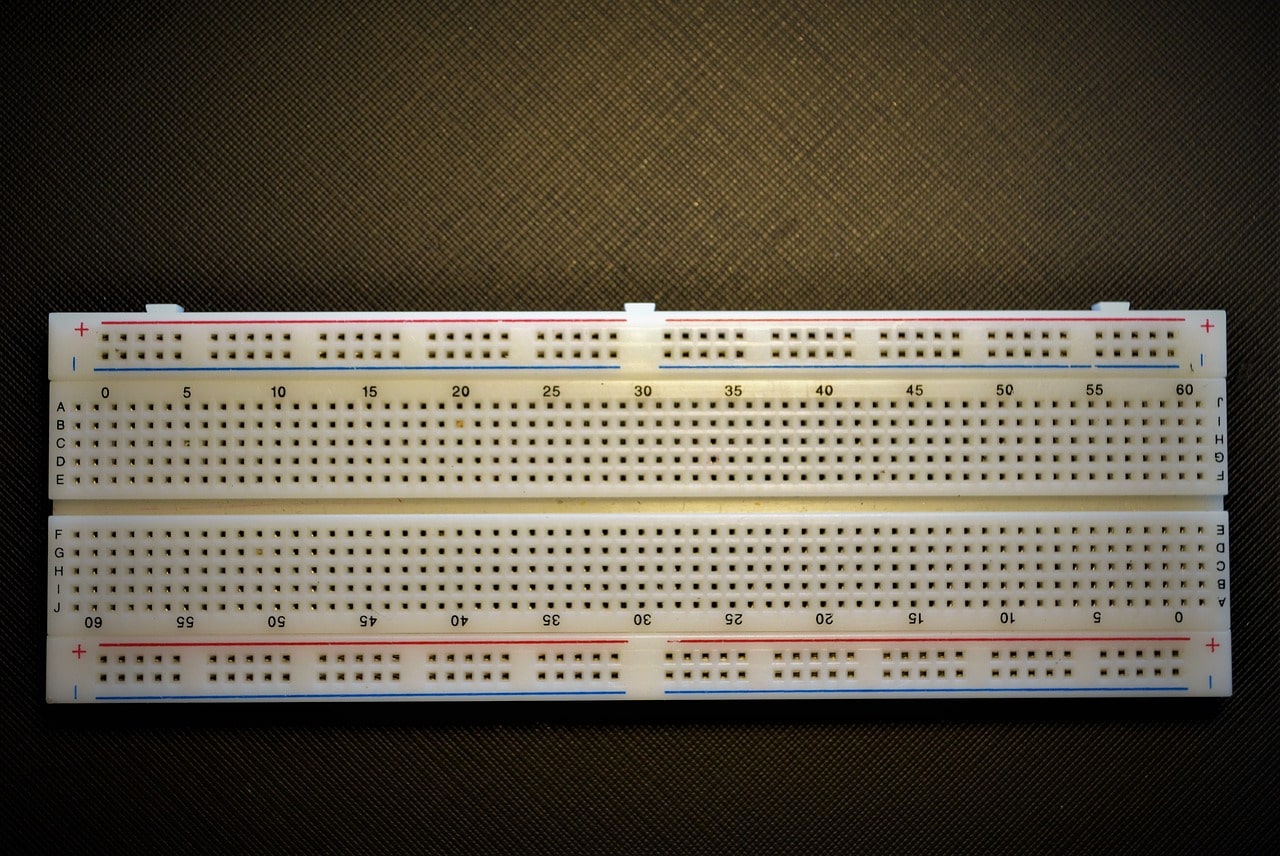Quantum Metamaterials: Engineered Properties
In the world of material science, there is a new and exciting development that is revolutionizing the field. Quantum metamaterials, also known as engineered metamaterials, are a class of materials that combine the principles of both quantum mechanics and metamaterials. This new class of materials offers unprecedented control over their properties, making them highly desirable for a variety of applications in the fields of optics, electronics, and more. In this article, we will explore the fascinating world of quantum metamaterials and their engineered properties.
What are Quantum Metamaterials?
To understand quantum metamaterials, we first need to understand the concept of metamaterials. Metamaterials are artificially engineered materials that are designed to have properties that do not exist in nature. They are created by combining multiple elements at a microscopic level, allowing them to exhibit unique electromagnetic properties. These materials have shown promising applications in the fields of cloaking, sub-wavelength imaging, and more.
Quantum metamaterials, on the other hand, take this concept to a whole new level by incorporating the principles of quantum mechanics. Quantum mechanics is the branch of physics that studies the behavior of particles on an atomic scale, and it is the foundation of modern physics. By combining the principles of quantum mechanics with metamaterials, scientists are able to create materials with properties that were previously thought to be impossible.
The Engineered Properties of Quantum Metamaterials
The unique properties of quantum metamaterials come from their engineered structure. The arrangement of the different elements within the material can be designed to control its physical, chemical, and optical properties. This level of control allows scientists to tailor the material’s properties for specific applications.
One of the most significant benefits of quantum metamaterials is their ability to manipulate light at the quantum level. These materials can bend, absorb, and emit light in ways that were previously thought to be impossible. This property makes them highly desirable for applications in optics and photonics, including advanced imaging techniques and light-based computing.
Another exciting property of quantum metamaterials is their ability to control other physical properties, such as thermal conductivity and electrical conductivity. This opens up possibilities for applications in thermoelectric devices, where the materials can convert heat into electricity, and in electronics, where the materials can be used to create faster and more efficient electronic components.
Applications of Quantum Metamaterials
The potential applications of quantum metamaterials are vast and wide-ranging. One of the most promising areas of application is in the field of quantum computing. These materials offer a way to control quantum particles, making them ideal for creating the building blocks of a quantum computer. This would enable faster, more powerful computing that could solve complex problems that are impossible for classical computers to tackle.
Quantum metamaterials also show great promise in the field of energy harvesting and storage. With their ability to manipulate light and convert heat into electricity, these materials could be used to create more efficient solar cells and thermoelectric generators. They could also be used in batteries and supercapacitors, where their high surface area and unique structure could improve energy storage and increase battery life.
The Future of Quantum Metamaterials
As you can see, quantum metamaterials have endless possibilities for applications in various industries. However, much research and development are still needed to fully realize their potential. Scientists are continually exploring new ways to engineer these materials and push the boundaries of what is possible.
In the coming years, we can expect to see further advancements in quantum metamaterials and their applications. With the potential to revolutionize fields such as computing, energy, and optics, these materials hold the key to a new era of technology and innovation.
In Conclusion
In conclusion, quantum metamaterials are an exciting new class of materials that combine the principles of quantum mechanics and metamaterials. Their engineered properties make them highly desirable for a range of applications, from quantum computing to energy harvesting and more. As research in this field progresses, we can expect to see even more groundbreaking discoveries and advancements in the near future.







